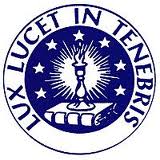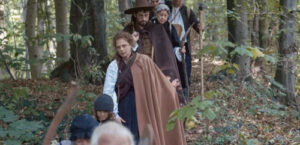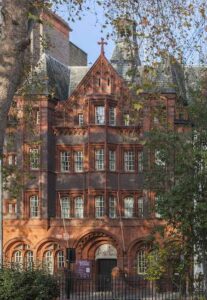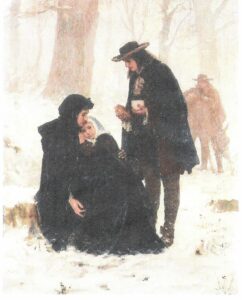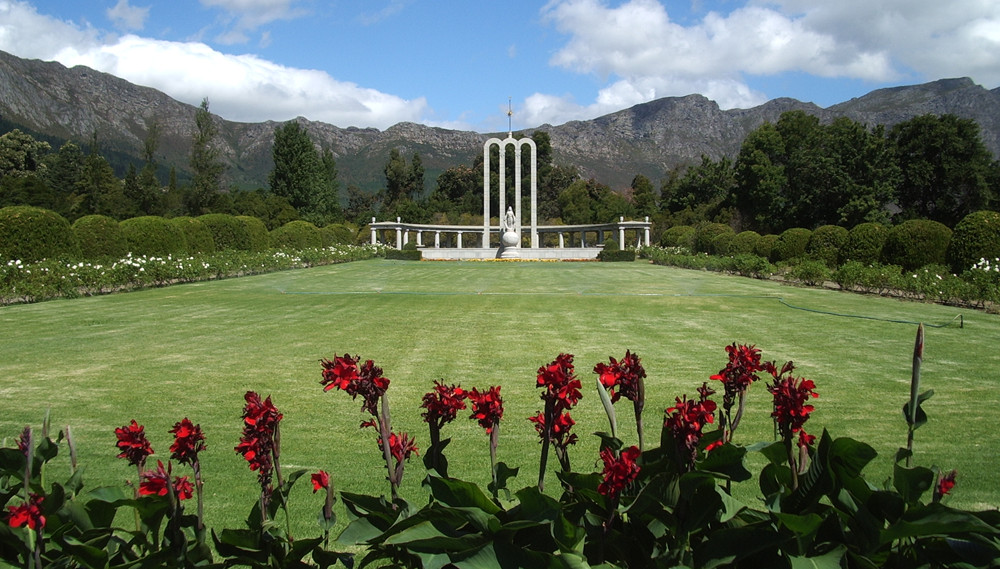
Les protestants de Provence partis en Afrique du Sud
Bernard APPY
Liste dressée à partir du recensement fait par le site Huguenots de France et d’ailleurs.
Des réfugiés huguenots provençaux en Afrique du Sud
Françoise APPY
Parmi les navires qui ont conduit les réfugiés huguenots en Afrique du Sud au départ des Pays Bas, j’en ai retenu deux, qui transportaient des protestants provençaux. Il s’agit du Berg China et du Wapen van Alkmaar. Voici les listes de passagers de ces deux navires.
Les réfugiés provençaux du Cap
Bruno CALDIER
La Valmasque, n° 22, 4e trimestre 1988, pp 27-31
Colons huguenots d’Afrique du Sud – Réfugiés du pays d’Aigues en Provence
Virginia BELZ CHOMAT
La Valmasque, n° 54, novembre 1999, pp 19-25
Du pays d’Aigues en Afrique du Sud – Des pionniers bâtissent une nouvelle nation
Jean MATHIOT
La Valmasque, n° 70, 1er trimestre 2006, pp 31-37
God Bless the Good Ship China
Harry BOOYENS
On 20 March 1688 a Dutch ship of the Vereenigde Oostindische Compagnie set sail from Goeree in Suid Holland. On board were a number of passengers in three groups. The first group consisted of eight young Dutch orphan girls on their way to the southern tip of Africa where they were destined to become the wives of anxious young men. The second group consisted of just two passengers. There was nothing out of the ordinary about them. They were merely regular passengers as one might find on any VOC ship of the time. Our story is about the third group of 28 individuals. This event at once marked for them the end of an epic flight from oppression and the beginning of an even greater journey that some would not survive.
Pierre de Cabrières et Pierre de Belle-Étoile
Harry BOOYENS
Having studied the Huguenot families from the Luberon region of Provence in France over the past few years, the author has found that there is a fundamental flaw in the popular picture of the progenitors of the Jordaan family in South Africa. The present work seeks to address this matter and to correct the genealogical structure of the two very distinct early Jourdan families in South Africa. The original work by De Villiers and Pama incorrectly assigned some of the children and omitted one Pierre Jourdan. This error has now permeated throughout the South African genealogical community and has assumed the stature of a truth. In the process the erroneous structure also married cousins to one another, whereas, in reality, the two spouses were quite unrelated. The real story is far more interesting.
